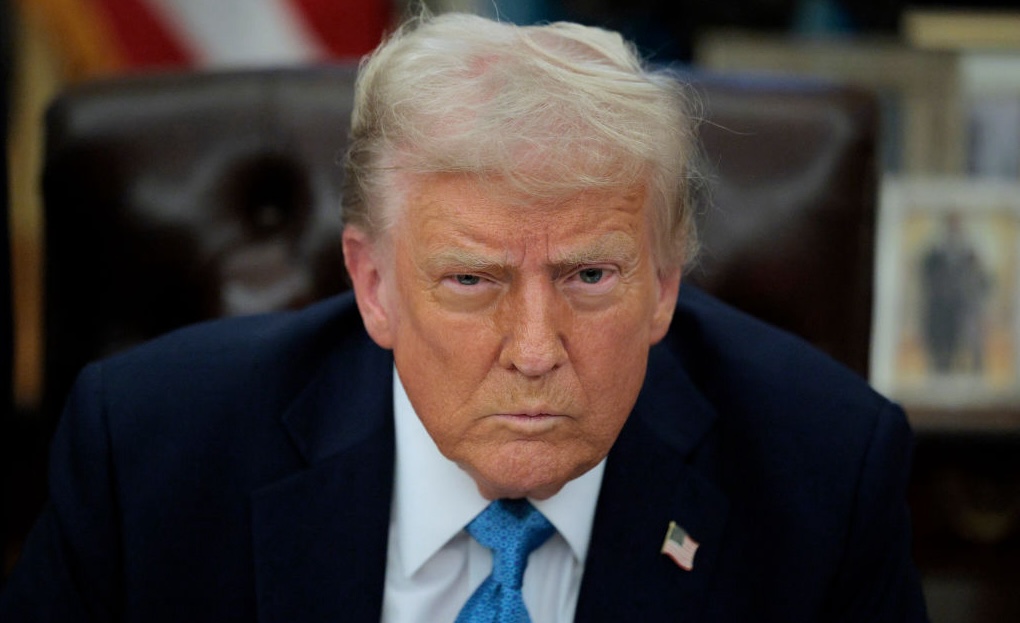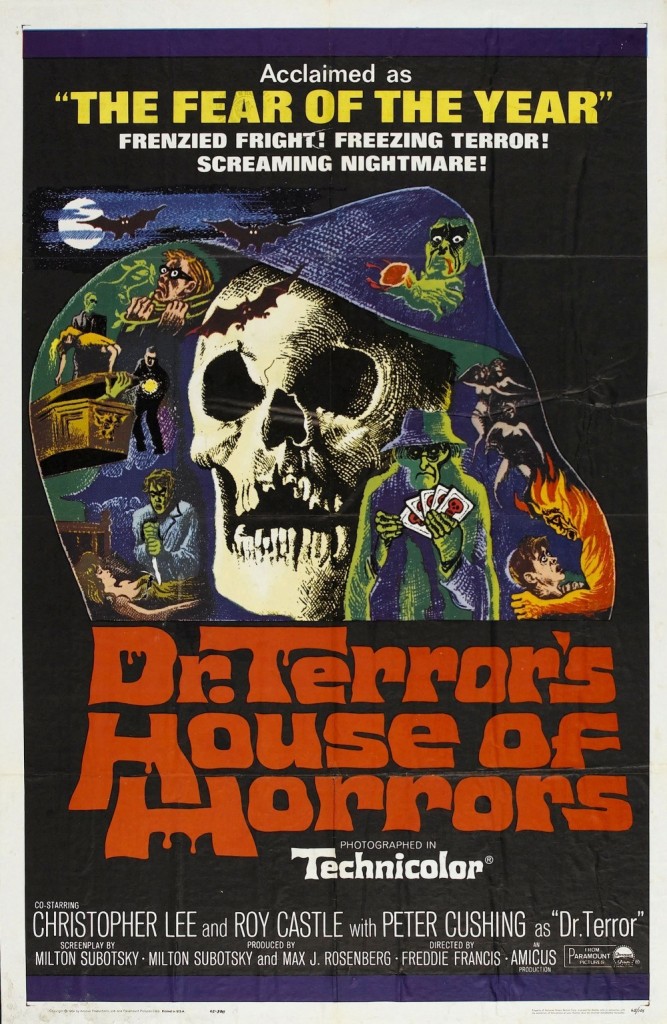Trump Vs. Europe: A Deep Dive Into The Trade Conflicts

Table of Contents
The Roots of the Conflict: Underlying Tensions and Trade Imbalances
The Trump vs. Europe trade conflicts weren't a sudden eruption; they stemmed from long-simmering tensions and deep-seated disagreements about trade imbalances and regulatory approaches. Historically, the US and Europe have enjoyed a complex trade relationship, characterized by both cooperation and competition. However, the perception of unfair trade practices, particularly concerning trade deficits, fueled the flames of conflict during the Trump era. The concept of trade imbalances, where one country imports significantly more than it exports to another, became a central point of contention.
- Pre-existing trade disputes and disagreements: Even before the Trump administration, several trade disputes existed between the US and EU, including long-running disagreements over agricultural subsidies and intellectual property rights.
- The role of national security arguments: The Trump administration frequently invoked national security concerns to justify its trade actions, a justification often disputed by European allies.
- The impact of globalization and its perceived downsides: The perceived negative consequences of globalization, such as job losses in certain sectors and increased competition, fueled protectionist sentiments within the US, contributing to the escalation of trade conflicts.
- Different approaches to trade regulation and standards: Diverging approaches to trade regulation and standards, particularly regarding environmental and labor practices, further complicated the relationship and provided fertile ground for disputes.
Specific examples like the imposition of steel and aluminum tariffs, ostensibly for national security reasons, significantly escalated tensions. These tariffs triggered retaliatory measures from the EU, leading to a tit-for-tat exchange that disrupted global supply chains and harmed businesses on both sides of the Atlantic.
Key Trade Disputes During the Trump Era
The Trump administration initiated several major trade conflicts with Europe, significantly impacting transatlantic relations and global trade.
The Steel and Aluminum Tariffs
The imposition of steel and aluminum tariffs under Section 232 of the Trade Expansion Act of 1962, sparked immediate backlash from the EU. The EU viewed these tariffs as protectionist measures, not justified by legitimate national security concerns. The resulting EU retaliation included tariffs on a range of US goods, impacting sectors from agriculture to motorcycles. This dispute highlighted the complexities of transatlantic trade and the potential for escalating trade wars. Keywords: steel tariffs, aluminum tariffs, EU retaliation, transatlantic trade.
The Airbus-Boeing Subsidy Dispute
This long-running WTO dispute concerning illegal government subsidies provided to Airbus and Boeing escalated during the Trump administration. The WTO authorized the US to impose tariffs on EU goods in retaliation for illegal subsidies provided to Airbus. This dispute, characterized by years of legal battles and retaliatory measures, further strained relations and exemplified the challenges of resolving complex trade disagreements through international bodies. Keywords: WTO dispute, aircraft subsidies, trade sanctions.
Threats to the Auto Industry
The Trump administration also threatened to impose significant automotive tariffs on European car manufacturers, causing considerable concern within the automotive sector. While these tariffs were never fully implemented, the threat itself disrupted investment plans and underscored the vulnerability of the car manufacturing industry to protectionist policies. Negotiations surrounding trade negotiations in this area were intense and ultimately inconclusive during the Trump presidency. Keywords: automotive tariffs, car manufacturing, trade negotiations.
Economic and Political Consequences of the Trade War
The Trump vs. Europe trade war had far-reaching economic and political consequences.
- Economic impact on specific sectors (e.g., agriculture, manufacturing): The tariffs and retaliatory measures disproportionately affected certain sectors, leading to job losses and reduced economic output in both the US and Europe. The agricultural sector, for example, suffered significant losses due to retaliatory tariffs imposed by the EU.
- Impact on consumer prices: Increased tariffs translated into higher prices for consumers on both sides of the Atlantic, eroding purchasing power.
- Changes in international trade agreements and alliances: The trade conflicts raised questions about the future of international trade agreements and multilateral cooperation.
- Shifting geopolitical alliances: The strained relationship between the US and Europe created opportunities for other global powers to increase their influence.
The Post-Trump Landscape: A New Era in Transatlantic Trade Relations?
The end of the Trump administration marked a shift in US-EU trade relations. The Biden administration has adopted a more multilateral approach to trade, seeking to repair relationships damaged during the previous administration.
- Biden administration's approach to trade: President Biden has emphasized working with allies and reforming the WTO, rather than engaging in unilateral trade actions.
- EU's strategies for managing trade relations with the US: The EU has focused on strengthening its own trade policy and seeking closer cooperation with other global partners.
- Ongoing trade negotiations and agreements: Efforts to resolve existing disputes and negotiate new trade agreements are underway, though progress remains slow.
- Potential for future disputes: While the immediate crisis has eased, the underlying issues that fueled the Trump vs. Europe trade conflicts remain.
Conclusion
The Trump vs. Europe trade conflicts represent a significant chapter in transatlantic relations, marked by protectionist policies, escalating disputes, and substantial economic consequences. These conflicts highlighted the fragility of global trade relationships and the potential for unilateral trade actions to disrupt global supply chains and damage international cooperation. While the Biden administration has signaled a shift towards a more collaborative approach, the long-term implications of the Trump-era trade war and the potential for future disputes remain significant. To stay informed about the ongoing developments in transatlantic trade relations and the evolving landscape of global trade, continue researching the topic of Trump vs. Europe trade conflicts. Consult resources such as the World Trade Organization (WTO) website, publications from the Peterson Institute for International Economics, and reputable news sources for up-to-date analysis and insights.

Featured Posts
-
 Monday Night Viewing Our Top 10 Tv And Streaming Recommendations
May 26, 2025
Monday Night Viewing Our Top 10 Tv And Streaming Recommendations
May 26, 2025 -
 Dr Terrors House Of Horrors Locations And Puzzles Solved
May 26, 2025
Dr Terrors House Of Horrors Locations And Puzzles Solved
May 26, 2025 -
 Le Dossier Du Nouveau Siege De La Rtbf Une Demande De Transparence De La Ministre Galant
May 26, 2025
Le Dossier Du Nouveau Siege De La Rtbf Une Demande De Transparence De La Ministre Galant
May 26, 2025 -
 Jadwal Moto Gp Inggris 2025 Balapan Akhir Pekan Ini
May 26, 2025
Jadwal Moto Gp Inggris 2025 Balapan Akhir Pekan Ini
May 26, 2025 -
 How George Russell Fixed Mercedes Biggest Problem
May 26, 2025
How George Russell Fixed Mercedes Biggest Problem
May 26, 2025
Latest Posts
-
 Leeds United News Latest On Kalvin Phillips And The Clubs Second Signing
May 28, 2025
Leeds United News Latest On Kalvin Phillips And The Clubs Second Signing
May 28, 2025 -
 Man City Transfer News Club Chief Addresses De Bruyne Contract Talks
May 28, 2025
Man City Transfer News Club Chief Addresses De Bruyne Contract Talks
May 28, 2025 -
 Leeds United Summer Transfers Phillips Departure And Incoming Player Confirmed
May 28, 2025
Leeds United Summer Transfers Phillips Departure And Incoming Player Confirmed
May 28, 2025 -
 Kalvin Phillips Transfer Leeds United Receive Green Light New Signing Imminent
May 28, 2025
Kalvin Phillips Transfer Leeds United Receive Green Light New Signing Imminent
May 28, 2025 -
 Leeds United News Kalvin Phillips Transfer Update And Second Summer Signing
May 28, 2025
Leeds United News Kalvin Phillips Transfer Update And Second Summer Signing
May 28, 2025
